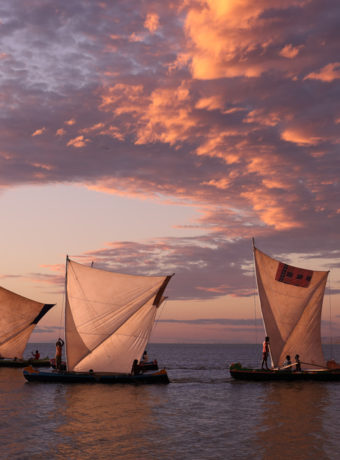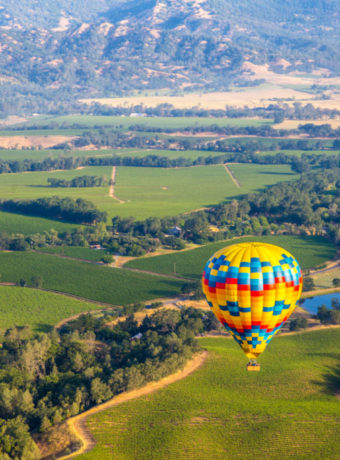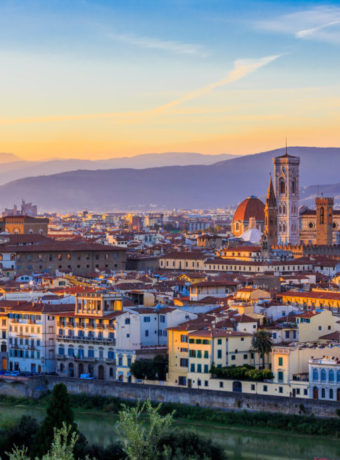Tasmania doesn’t often make travellers wish lists, but in the past few years it skyrocketed into the luxury travel sphere. Hobart, Tasmania, the capital, is a popular destination for travellers in search of wine, rugged landscape, and untouched hiking trails. For travellers who have already been to New Zealand, Tasmania is the next ultimate destination.
What is Tasmania?
Tasmania is that tiny island off the south coast of Australia. There are two ways to get there: a ferry from Melbourne to Devonport (north coast), or flights from Melbourne, Brisbane, or Sydney to Hobart. Hobart is also an Antarctic home port for both Australian and French operations on the white continent. Tassie, as Aussies affectionately call it, has the second-deepest port in the world. If you’re a cruiser, many ships port in Tasmania as part of an Australian itinerary.
Tasmania is known for its rugged landscape, wine regions, and wildlife. 42% of the state is protected land, either as national parks or as World Heritage Sites. The city of Hobart lies on the south coast.

Aboriginals inhabited Tasmania long before the Europeans arrived (40,000 years ago). Dutch explorer Abel Tasman first spotted Tasmania in the 17th century. He named it Anthony van Diemen’s Land, for his sponsor. Both English and French settled here as sealers and whalers, but the British soon began sending convicts. In the 19th century, the British shortened the name of the island to Van Diemen’s Land, and later changed it to Tasmania in honour of Abel himself.
Did you know? Macquarie Island, which lies 1,500km south of Tasmania, is still part of the state.
Hobart, Tasmania
Hobart, Tasmania is the second oldest capital city in Australia. It is also second to Darwin as the least populated capital, with a 2016 population of just over 225,000 statewide. The inner city’s historic core is a popular tourism destination for visitors. The city also has a vibrant nightlife and award winning restaurants.
A popular museum is the Museum of Old and New Art, which has a wide collection of, well, old and new art. It is a privately funded, “subversive” museum that must be seen to be believed. Do not miss it; most arrive by ferry up the River Derwent before descending into the depths of the vast museum.

The Tasmanian wine region has been around for a long time. In fact, the first grapes from Tassie were exhibited in Paris in 1848. A century later, locals picked up the pieces and the wine region grew steadily over the late 20th century. By the start of the 21st century, Tasmanian wine was on everybody’s radar.
Do go to the wineries, take a tour, ship some home. The climate is similar to the mountainous regions of Europe and New Zealand, so expect to find excellent dessert and sparkling wines.
Tell me about the Tasmanian Devil

Cute, but slightly fearful of humans. Endangered, but reproduce like rabbits. And carnivorous. The Tasmanian Devil – which many of us know as a loveable cartoon – is a nocturnal marsupial that looks and sits like a small dog. They are extinct on the mainland due to human predation and the dingo but survive on Tasmania. Tasmanian Devils have strong jaws, but typically do not attack humans. For travellers keen to see this elusive creature, my onsite suppliers in Tasmania can arrange private tours or excursions into the wild. They are also visible at zoos and sanctuaries.
**
With an onsite network that spans Australia and Tasmania, my clients have exclusive access to wildlife sanctuaries, hiking trails, luxury lodges, and award-winning restaurants and wineries. If Australia is on your bucket list, experience it well with a custom itinerary.
|| Brisbane || Sydney || Canberra || Melbourne || Darwin || Perth || Adelaide ||




